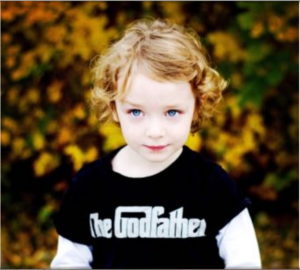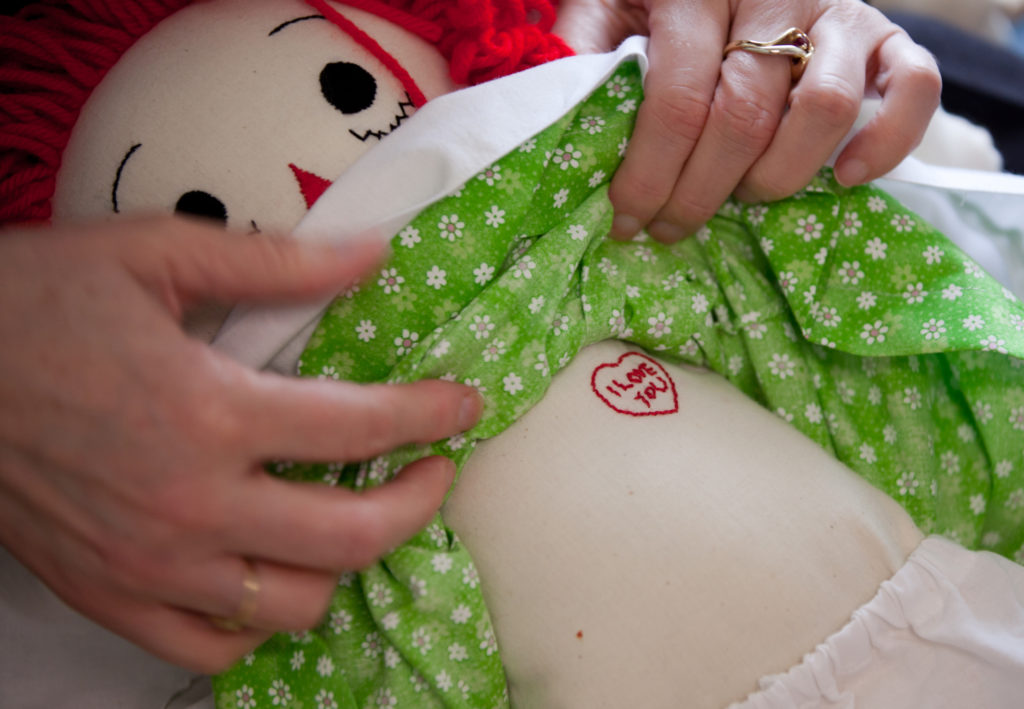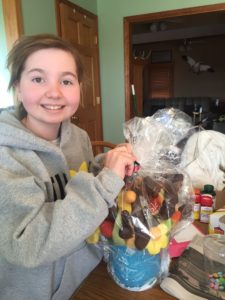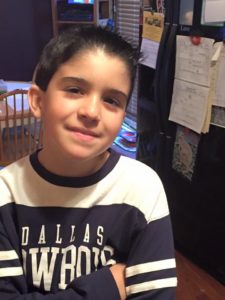What are the stages of non-Hodgkin Lymphoma in children?
Non-Hodgkin lymphoma is a form of childhood cancer that begins in lymphatic tissue that make up part of the immune system, which is responsible for fighting infection and disease. As with other forms of childhood cancer (and adult cancers as well), the cancer cells responsible for non-Hodgkin lymphoma begin their development in one area of the body, usually an organ responsible for assisting the immune system such as the lymph nodes or the spleen, but as they grow and multiply, the cancer can spread to other areas of the body as well. Unfortunately, non-Hodgkin lymphoma often does not cause noticeable symptoms in the early stages of the disease, and therefore can be difficult to detect until it has grown and spread. However, once the disease has been diagnosed through a biopsy or other diagnostic tool, pediatric oncologists will measure the spread of the disease to determine the proper treatment.
The extent to which the cancer has spread is known as “stages”. “Staging” often requires physical examinations, biopsies, and imaging tests such as CT scan, PET scan, and occasionally ultrasounds or other imaging tools. The most common system for staging Non-Hodgkin lymphoma in children is the St. Jude staging system (staging adult lymphoma utilizes the Ann Arbor system.)
The St. Jude staging system breaks down the spread of the cancer into four distinct stages:
Stage 1: The lymphoma is located in only one area of the body, such as one area of lymph nodes (the neck, groin, or armpit) or exists as a single tumor not in the lymph nodes. Cancer cells are not present in the chest or abdomen.
Stage 2: Lymphoma is not in the chest, and meets one of the following criteria:
- A single tumor that has spread to only one collection of lymph nodes in the neck, groin, or underarm;
- Multiple tumors and/or in multiple collection of lymph nodes either above or below the diaphragm, but are not both above and below the diaphragm;
- Lymphoma in the digestive tract (whether or not it has spread to nearby lymph nodes) that can be surgically removed.
Stage 3: A stage 3 lymphoma meets one of the following criteria:
- Lymphoma that originated in the chest;
- Lymphoma that originated in the digestive tract or abdomen but due to extensive spread, cannot be surgically removed in its entirety;
- The tumor is near the spine;
- There are multiple tumors or the cancer is located in multiple clusters of lymph nodes both above and below the diaphragm.
Stage 4: The lymphoma is found in the central nervous system (the brain or the spinal cord) or the bone marrow when diagnosed.
Why are the stages for non-Hodgkin lymphoma important?
Correctly staging non-Hodgkin lymphoma is important because it will help determine the appropriate course and duration of necessary treatment. Phase 1 and 2 are considered “limited-stage” cancer, and are usually treated in a similar fashion. Phase 3 and 4 are described as “advanced-stage” and are generally treated similarly as well.
Luckily, thanks to significant medical advances in recent decades, the prognosis for all stages of non-Hodgkin lymphoma have increased greatly and children who are cancer-free for at least five years are generally considered “cured”, as non-Hodgkin lymphoma rarely returns once this much time has passed. Assuming an aggressive treatment protocol, children diagnosed with Stage 1 or Stage 2 lymphoma generally have a greater than 90% survival rate, while children diagnosed with Stage 3 or Stage 4 lymphoma have a greater than 80% survival rate.[1] Unfortunately, survival rates for children diagnosed with advanced-stage anaplastic large cell lymphoma are the one exception to these statistics, with a “cure rate” of only 60-75%.
About the American Childhood Cancer Organization
The American Childhood Cancer Organization (ACCO) is a non-profit charity dedicated to helping kids with cancer and their families navigate the difficult journey from cancer diagnosis through survivorship. Internationally, the ACCO is the sole US member of Childhood Cancer International (CCI), the largest patient-support organization for childhood cancer in the world. At the national level, the ACCO promotes the critical importance of ensuring continued funding into new and better treatment protocols for childhood cancer. At the grassroots level, the ACCO is focused on the children: developing and providing educational tools for families and learning resources for children in order to make the lives of children and their families easier and brighter during this difficult time. Many of our resources are available free of charge for families coping with childhood cancer.
For additional information on non-Hodgkin lymphoma, stages of non-Hodgkin lymphoma, or on the ACCO, or to order resources for you or your child, please visit our website at www.acco.org.
[1] Statistics about long-term survival rates can be useful, but they cannot predict the outcome for any one particular child; a number of factors affect each child’s prognosis, including the type of lymphoma, the location and size of the cancer, how well it responds to treatment, and other factors will affect your child’s long-term prognosis.
For additional information on our resources or information on how to obtain our resources free of charge, please visit our website at www.acco.org.
For more information about the American Childhood Cancer Organization and how we can help, call 855.858.2226 or visit:
Want To Read American Childhood Cancer Organization On Your Phone? Click the NoteStream logo: 




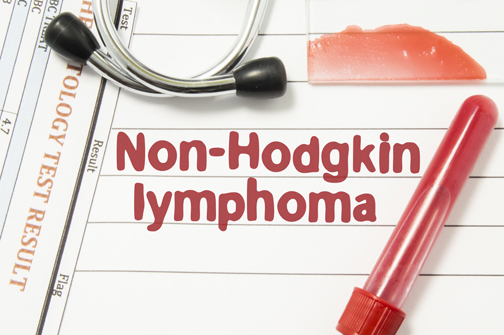 Non-Hodgkin lymphoma is a form of childhood (and adult) cancer that develops in the immune system, specifically in lymphocytes, a type of white blood cell responsible for fighting infection and disease. Non-Hodgkin lymphoma usually begins in B-cell lymphocytes, which are responsible for making germ-fighting antibodies, but it can also develop in T-cell lymphocytes, which are generally responsible for destroying cells infected with viruses, fungi, or bacteria. Because lymphocytes and other forms of lymphatic tissue are found in organs throughout the body, non-Hodgkin lymphoma can start almost anywhere in the body, but is usually found in organs that play a large role in fighting infection, such as the lymph nodes (located in the neck and chest, under the armpit, and in the groin), the spleen, the thymus, the adenoids and tonsils, the digestive tract, and the bone marrow.
Non-Hodgkin lymphoma is a form of childhood (and adult) cancer that develops in the immune system, specifically in lymphocytes, a type of white blood cell responsible for fighting infection and disease. Non-Hodgkin lymphoma usually begins in B-cell lymphocytes, which are responsible for making germ-fighting antibodies, but it can also develop in T-cell lymphocytes, which are generally responsible for destroying cells infected with viruses, fungi, or bacteria. Because lymphocytes and other forms of lymphatic tissue are found in organs throughout the body, non-Hodgkin lymphoma can start almost anywhere in the body, but is usually found in organs that play a large role in fighting infection, such as the lymph nodes (located in the neck and chest, under the armpit, and in the groin), the spleen, the thymus, the adenoids and tonsils, the digestive tract, and the bone marrow.
